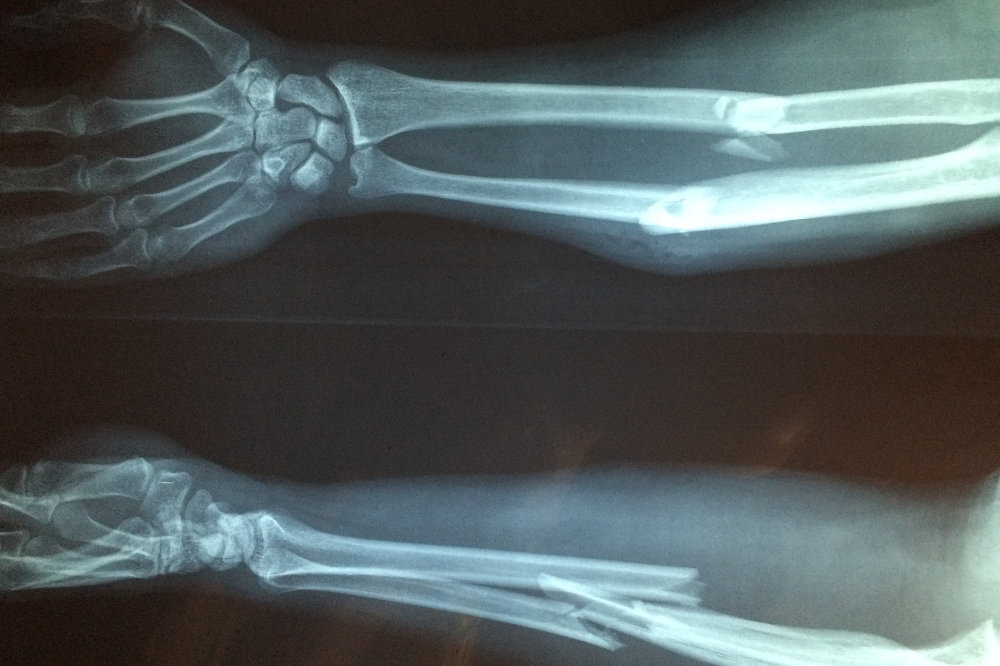Loudoun County, Va. — What is a fracture? The word “fracture” is a medical term that refers to a crack or break in a bone. Bones are made of calcified materials, which give them their hard rigid structure.
There are several types of fractures:
- Greenstick: When a bone is bent, but not broken all the way through
- Buckle fracture: Results from compression of two bones driven into each other
- Growth plate fracture: Occurs at the joint and can result in shorter bone length
- Comminuted fracture: When the bone breaks into several pieces
- Transverse fracture: When the fracture line is perpendicular to the shaft (long part) of the bone
- Oblique fracture: When the break is on an angle through the bone
- Pathologic fracture: Caused by a disease that weakens the bone
- Stress fracture: A hairline crack
Serious fractures can have dangerous complications if not treated promptly. These can include damage to blood vessels or nerves and infection of the bone or surrounding tissue. In younger populations, fractures can actually cause problems in the growth plate, which can stop the bone from developing or growing. A minor fracture in a child may heal within a few weeks; a serious fracture in an older person may take months to heal.
Initially, the main goal when caring for a fracture is to stabilize it and get the injured person to a medical facility to x-ray and see the full extent of the damage to the bone. At that point, the patient might need to abide by certain physical restrictions and even get a cast for a period of time. This can seriously decrease strength and range of motion in the fractured area.
After a serious fracture, you may still have to follow weight-bearing precautions or lifting restrictions. Be sure to consult with your physician so you understand your limitations so you don’t jeopardize your recovery. At Loudoun Sports Therapy Center, we treat many patients who have suffered from a fracture in one body part or another.
Your first visit with a physical therapist will involve an evaluation and assessment. This will include measurements of:
- Range of motion
- Strength
- Pain
- Flexibility
- Girth or swelling
- Walking pattern (for lower extremity fractures)
- Overall function and mobility
After the initial evaluation, your physical therapist will design a treatment plan specific to your needs and goals. Physical therapy after a fracture often focuses on overcoming the negative effects of being immobilized by a cast or sling. Immobilization may cause loss of motion and strength and decreased functional mobility.
NOTE FROM OUR SPONSOR: Most people do not think that physical therapy is essential after a fracture. However, without the intervention of skilled professionals, a fracture can lead to lifelong complications. Patients can benefit and recover quickly from fractures. Call Loudoun Sports Therapy Center TODAY at 703-450-4300 and our clinicians will help you get back to the activities that you enjoy!
[adrotate banner=”13″]


